The Master Builder, if done properly, can be one of those theatrical experiences that make you wonder if the Greeks were a teeny bit overrated. Matthew Warchus’s version is four-fifths there. Ralph Fiennes is well equipped to play Halvard Solness, the cold, brilliant autocrat with a troubled past who falls into the arms of a gorgeous young suitor. But he’s the wrong age for the part. So is his opposite number, Sarah Snook, who seems too mature to suggest Hilde’s skittish frivolity. Fiennes, like all film stars, attends carefully to his looks and although he’s over 50 he could easily play ‘late thirties’. But the aged Halvard needs to be like a grizzled alderman ogling a virgin in the choirstall. The affair should seem repellent and sinful. As it is, the dark-haired Fiennes and the luscious Snook suggest the glamorous coupling of a hotshot yuppie and a gap-year sex kitten.
Ibsen crams huge themes into the modest setting of a provincial architecture practice. He meditates on grief, fame, sexual temptation, and the tricky common ground between genius and lunacy. The play is loaded with heavy symbolism, which miraculously works in its favour. Here’s an example. The Solnesses have lost their twin sons in a house fire. So Halvard installs their replacement home with three nurseries, all of which have remained empty. Next he plans another house with, yes, three further nurseries, even though his wife is well beyond child-rearing age. By trowelling on the torment like this Ibsen creates moments of startling hilarity. Being a master of psychology he offers plot twists that are both daft and logical. Enjoy the laughter. It’s part of the play’s greatness and its weirdness.
The set by Rob Howell isn’t great, I’m afraid, just weird. The Solness house boasts huge self-assembly bookshelves sprouting with multicoloured flora. Is ill-directed fertility being suggested? If so, it’s distracting. A huge web of stained planks dominates the stage and refuses to respond to shifts of atmosphere. The outdoor scenes don’t feel outdoors at all and this robs the play of much texture and variety. The purpose of the set is to compensate for the script’s great blunder at the end. The final cataclysm takes place off-stage and the dramatic burden shifts to the onlookers, who have to convey life-changing emotions with a few spare lines and gestures. There’s no way around this but Warchus’s solution is to booby-trap one of Howell’s woody confections, which duly collapses with an explosive roar. But these are minor niggles. This is one of the greatest scripts by a dramatist who yields priority only to Shakespeare.
In his Lyttelton programme notes, John Lahr reveals that no black plays were produced on Broadway between 1959 and 1984. He seems to imply that prejudiced whites were dismissive of black drama. There were, however, plenty of black millionaires around who might have invested in shows but who preferred not to risk their cash. Maybe the plays weren’t right either.
Ma Rainey’s Black Bottom, which opened on Broadway in 1984, looks all wrong at first glance. The title suggests a faintly obscene comedy but it’s a gripping melodrama that promotes black history while subtly catering to the sensitivities of New York audiences. Writer August Wilson was mixed race so he knew how to play the angles. Both sides of the divide are meticulously flattered. The play is set in the 1920s, when black people were still subordinate to prosperous whites. All the characters are sophisticated and charming apart from a prickly black diva and a bent white music publisher. But their failings are professional, not racial: all showbiz stars are egoists and all music producers are crooks. Though race-hate is integral to the plot, we hear of it at second-hand from musicians who have fled the dangerous south in search of peace and wealth in northern cities. This absolves white play-goers of guilt because the violence described is committed by redneck knuckle-draggers who would never set foot in a theatre.
‘Masterpiece’ has been applied to this script by some overexcitable reviewers. It’s not quite that. The opening half drags badly as the musicians bicker and gossip while waiting for a star to arrive for a recording. The script could shrink by 45 minutes without losing its essence, but once the story gets going it lays on spectacular rewards. The recollections of mob violence in the Deep South make you catch your breath with horror. But the play is also warm and funny. Wilson includes a portrait of himself as Toledo, a pianist of sublime intelligence, whose sage pronouncements on human nature would have delighted Bernard Shaw. It makes you wonder how Toledo ended up as a honky-tonk musician and not as a professor of philosophy. Maybe that’s the point.
Got something to add? Join the discussion and comment below.
Get 10 issues for just $10
Subscribe to The Spectator Australia today for the next 10 magazine issues, plus full online access, for just $10.

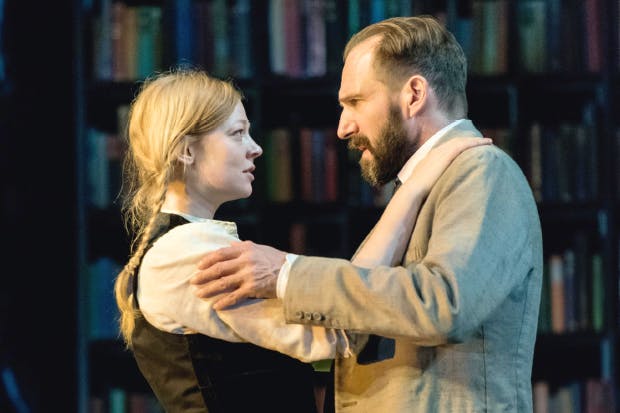
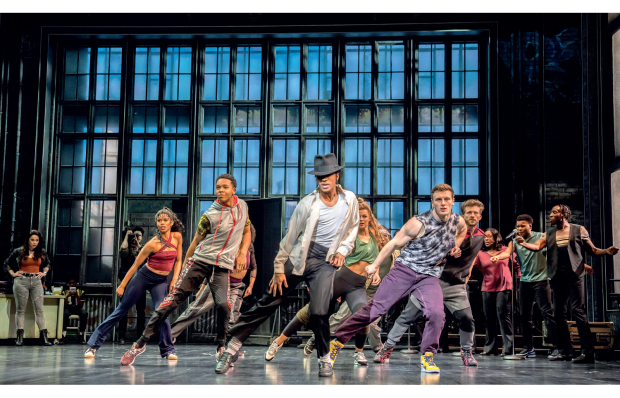
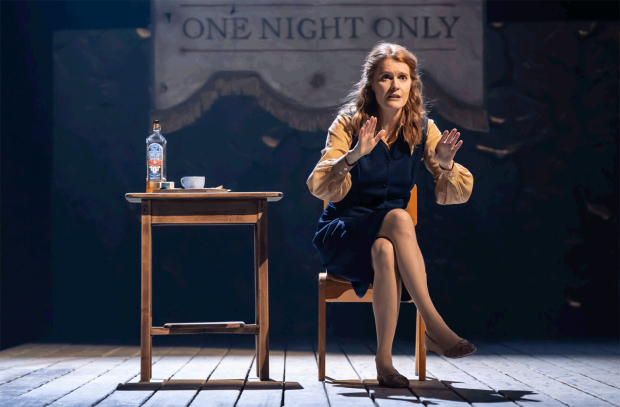
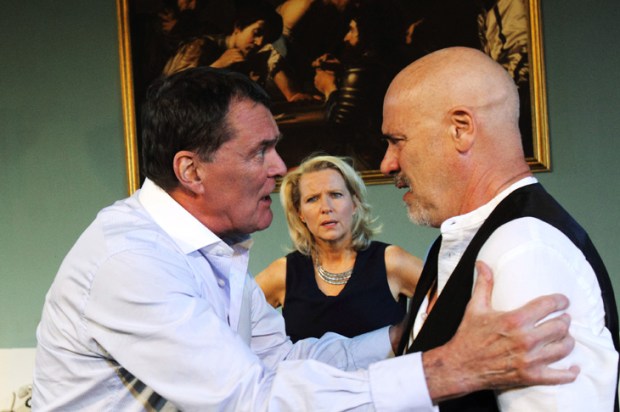
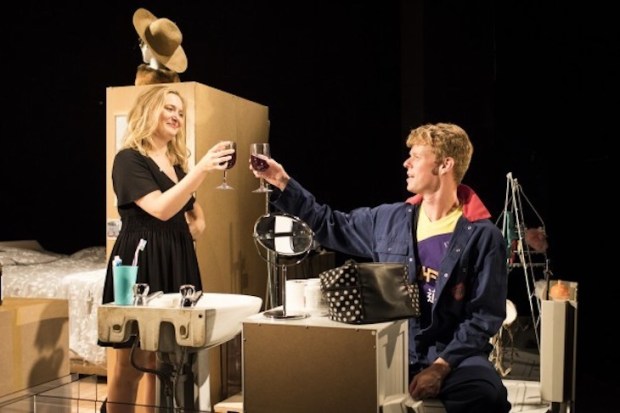
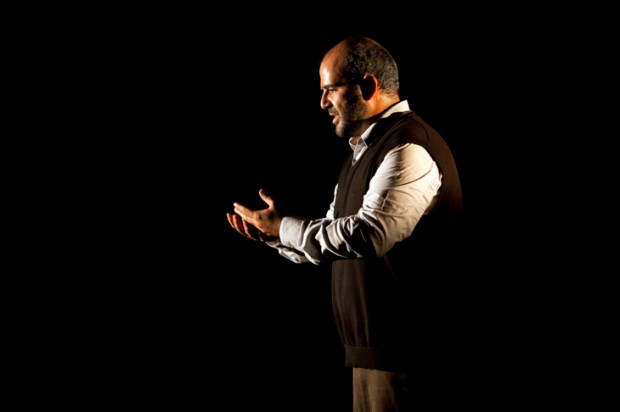
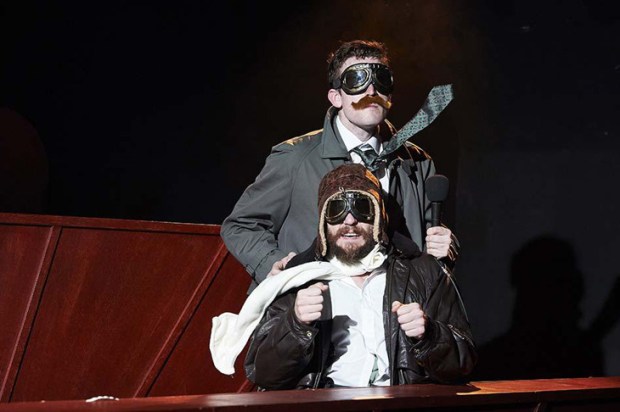






Comments
Don't miss out
Join the conversation with other Spectator Australia readers. Subscribe to leave a comment.
SUBSCRIBEAlready a subscriber? Log in